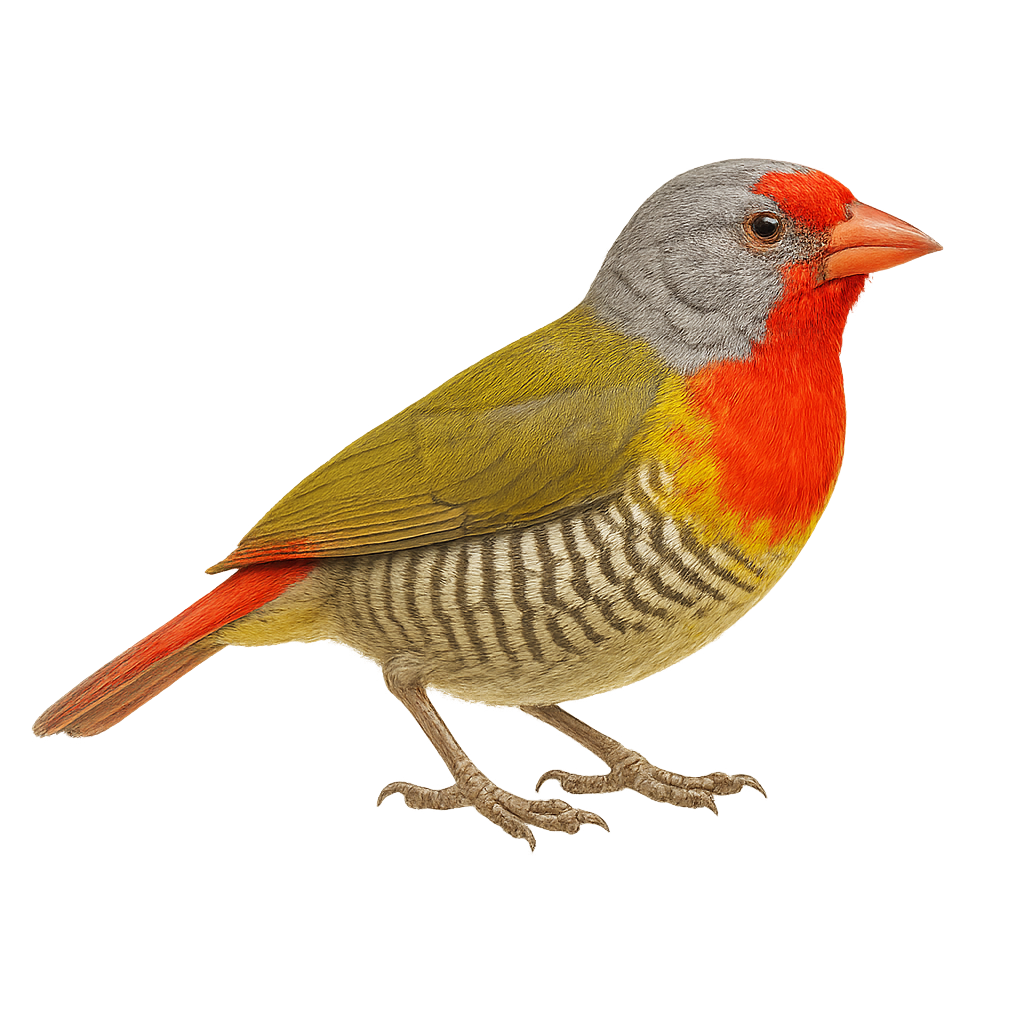Your wildlife photography guide.
Explore the green-winged pytilia in detail, study its behavior, prepare your shots.
Where to observe and photograph the green-winged pytilia in the wild
Learn where and when to spot the green-winged pytilia in the wild, how to identify the species based on distinctive features, and what natural environments it inhabits. The WildlifePhotographer app offers tailored photography tips that reflect the green-winged pytilia’s behavior, helping you capture better wildlife images. Explore the full species profile for key information including description, habitat, active periods, and approach techniques.
Green-winged Pytilia
Scientific name: Pytilia melba

IUCN Status: Least Concern
Family: ESTRILDIDAE
Group: Birds
Sensitivity to human approach: Suspicious
Minimum approach distance: 5 m
Courtship display: March to April
Incubation: 11-13 jours
Hatchings: March to May
Habitat:
Savannas, open woodlands, shrublands
Activity period :
Primarily active during the day, with peak activity in the morning and late afternoon.
Identification and description:
The Green-winged Pytilia, or Pytilia melba, is a small, colorful bird belonging to the Estrildidae family. It is primarily found in sub-Saharan Africa, where it inhabits savannas, open woodlands, and shrublands. This bird is distinguished by its vibrant plumage, featuring green wings, a red belly, and a brownish back. Both males and females exhibit similar colors, although males are often more vibrant. The Green-winged Pytilia is a granivorous bird, mainly feeding on seeds but also consuming insects. It is known for its melodious songs and elaborate courtship displays. Although generally not very shy, it can be suspicious when faced with potential threats.
Recommended lens:
400 mm – adjust based on distance, desired framing (portrait or habitat), and approach conditions.
Photography tips:
To photograph the Green-winged Pytilia, prioritize early morning or late afternoon hours when the light is soft and enhances the vivid colors of its plumage. Use a 400mm lens or longer to capture precise details without disturbing the bird. Be patient and discreet, approaching slowly to avoid startling it. Focus on natural habitats like savannas or shrublands for authentic shots. Finally, pay attention to its behaviors, especially its courtship displays, for dynamic and captivating photos.
From knowledge to field practice
A species profile helps you understand an animal. In the field, the challenge is often different. Remembering your own observations.
The WildlifePhotographer app allows you to:
• record your personal observations
• note locations, dates, and behaviors
• revisit your field references over time
• build a private and long-term field logbook
The app does not provide observation locations.
It helps you organize what you actually observe, with respect for wildlife.

